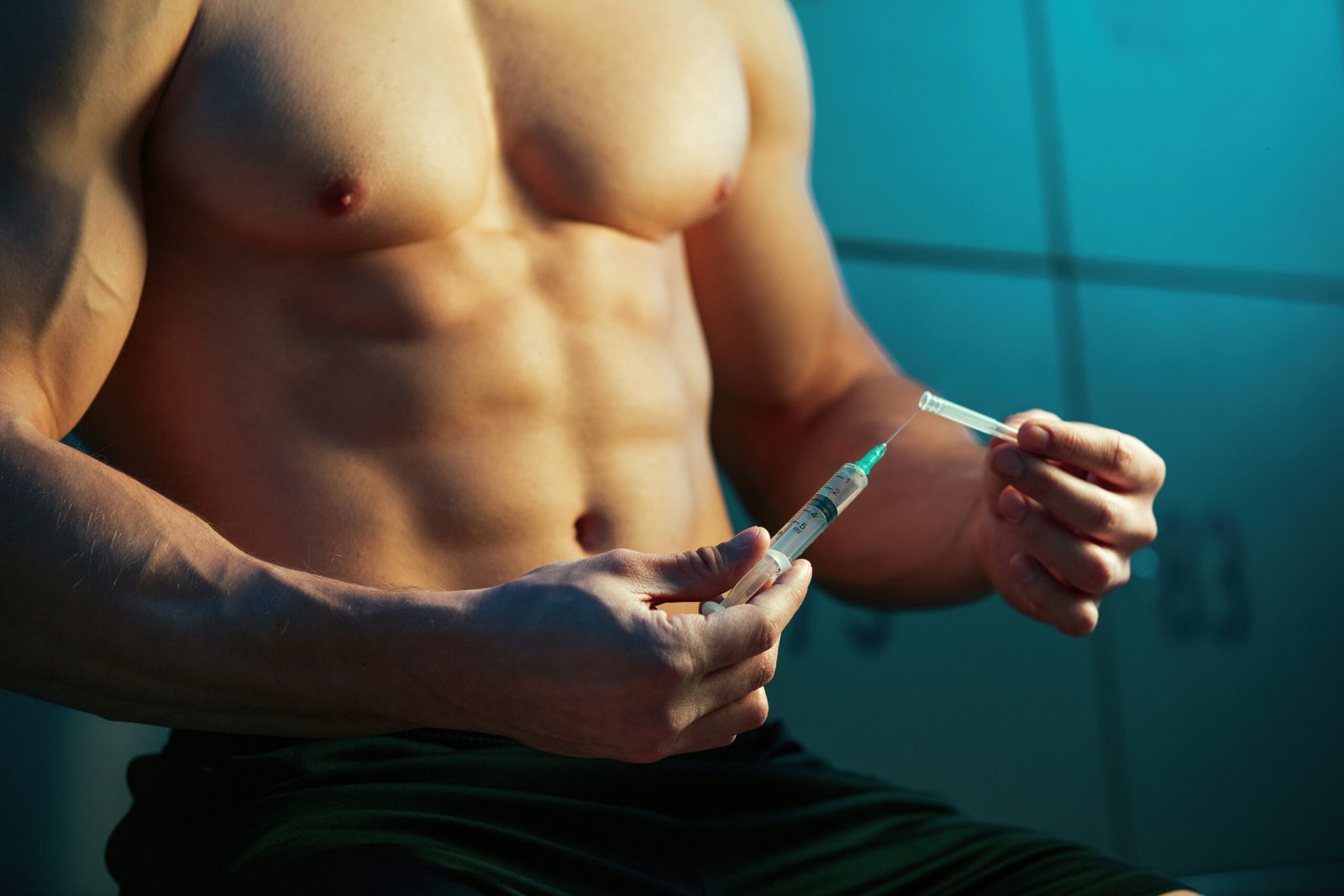
Testosterone Replacement Therapy (TRT) and Post Cycle Therapy (PCT) are crucial topics for those dealing with testosterone deficiency or using anabolic steroids. This guide will provide a detailed understanding of TRT and PCT, their purposes, and their differences.
What is Testosterone Replacement Therapy (TRT)?
Testosterone Replacement Therapy (TRT) is a medical treatment designed to address low testosterone levels in men, also known as hypogonadism. Low testosterone can cause symptoms like fatigue, reduced libido, depression, and loss of muscle mass. TRT helps to restore testosterone levels, improving overall well-being.
Benefits of TRT
TRT aims to alleviate symptoms of low testosterone by normalizing levels. Benefits include increased energy, improved mood, enhanced sexual function, and increased muscle mass. TRT can be administered through injections, gels, patches, or oral medications, depending on the patient’s needs and preferences.
Who Needs TRT?
Men diagnosed with low testosterone through blood tests are candidates for TRT. It’s essential to consult a healthcare provider for an accurate diagnosis and appropriate treatment plan to monitor and manage potential side effects.
What is Post Cycle Therapy (PCT)?
Post Cycle Therapy (PCT) is a protocol used after completing a cycle of anabolic steroids. Its primary goal is to help the body recover its natural testosterone production, which can be suppressed during steroid use.
Purpose of PCT
Anabolic steroids can significantly reduce or halt the body’s natural testosterone production. PCT stimulates endogenous testosterone production, helping maintain muscle gains and overall health.
Common PCT Protocols
PCT usually involves medications that encourage the testes to produce testosterone. Common drugs used in PCT include Selective Estrogen Receptor Modulators (SERMs) like Clomid (clomiphene citrate) and Nolvadex (tamoxifen), and aromatase inhibitors like Arimidex (anastrozole). The specific protocol varies based on the individual and the steroids used.
Differences Between TRT and PCT
While both TRT and PCT involve managing testosterone levels, their purposes differ. TRT is a long-term treatment for chronically low testosterone levels, whereas PCT is a short-term intervention to restore natural testosterone production post-steroid cycle. TRT is typically managed by healthcare professionals, while PCT is often used by bodybuilders and athletes.
Conclusion
Understanding TRT and PCT is essential for effective hormonal health management. TRT provides a solution for men with low testosterone, enhancing quality of life. PCT is crucial for steroid users, ensuring natural hormone production recovers post-cycle. Both therapies, when used appropriately and under medical supervision, play a significant role in maintaining hormonal balance and overall health.
By following this comprehensive guide, you can make informed decisions about TRT and PCT, ensuring the best outcomes for your hormonal health.
